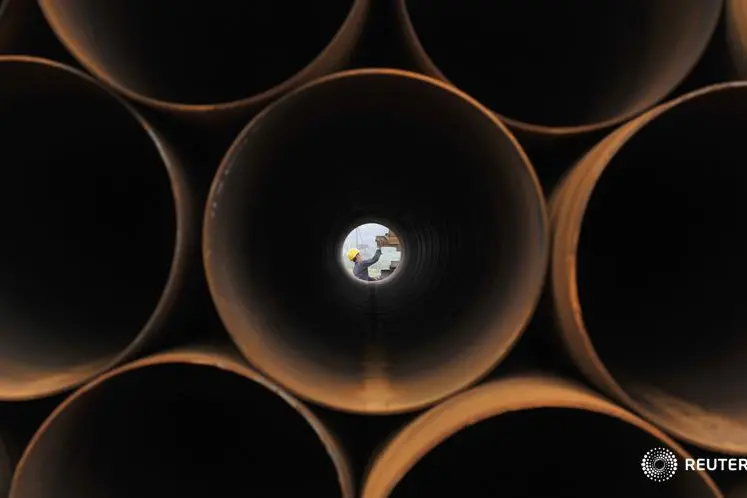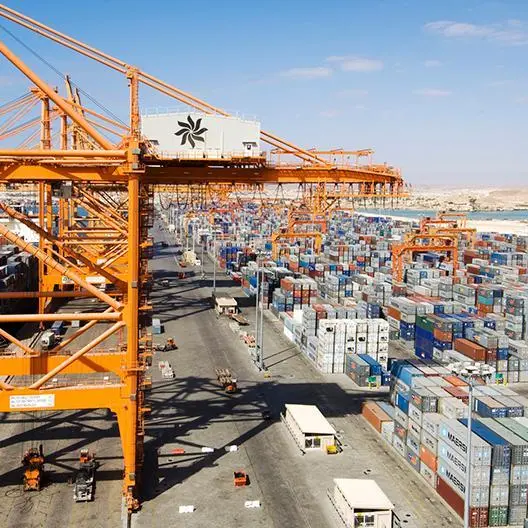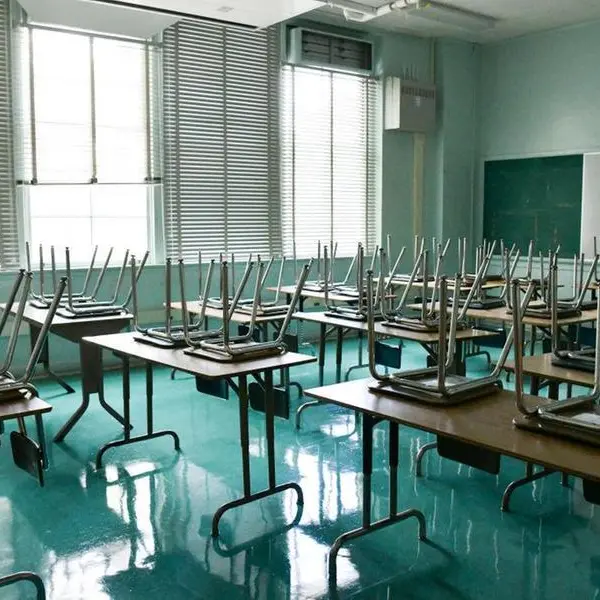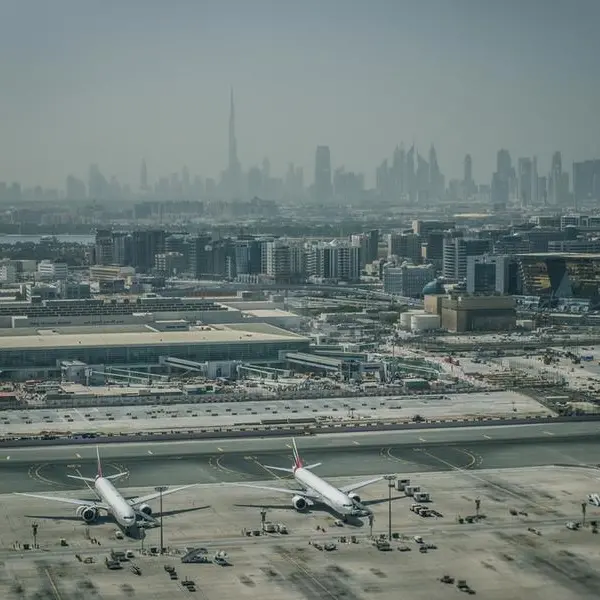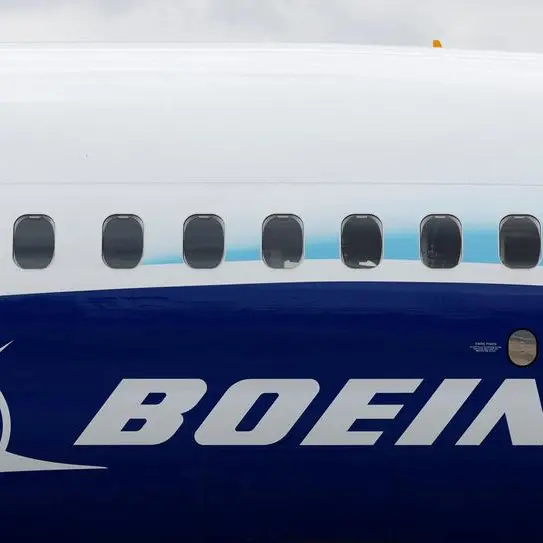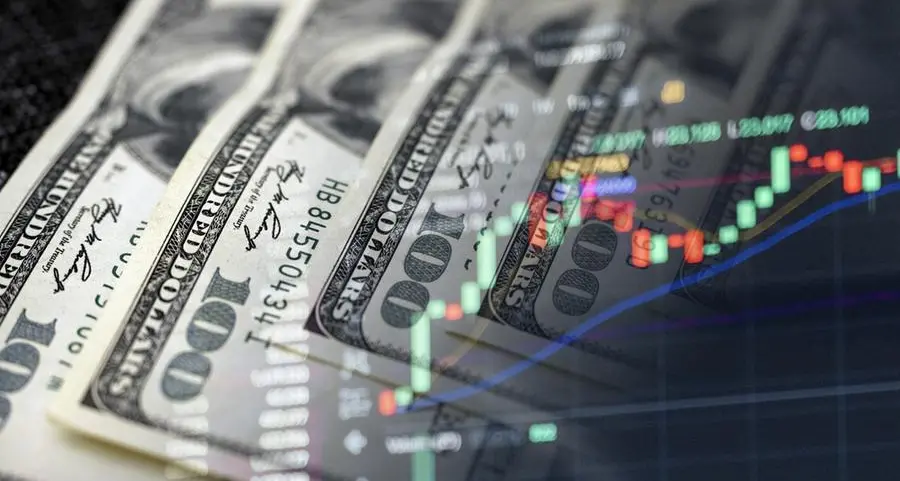PHOTO
LAUNCESTON, Australia- The detail of China's record iron ore imports in September is likely to prove more interesting than the headline-grabbing surge above 100 million tonnes for the first time.
Preliminary customs data released on Oct. 13 showed China imported 103 million tonnes of the steel-making ingredient in September, a 16 percent jump on August's figure and shattering the previous monthly record of 96.6 million from March.
The prevailing market view is that the sharp jump in September is most likely a last hurrah ahead of some slower months as winter restrictions on steel output come into force.
This means that Chinese steel mills and traders have effectively front-loaded iron ore imports, suggesting that arrivals will moderate in the fourth quarter as steel cutbacks start to bite.
Authorities in some of China's steel-producing provinces have ordered mills to cut output in a bid to lower air pollution in the upcoming winter months.
In Tangshan, a major steel-making city, authorities last week ordered mills to cut sintering - a process using coal to upgrade lower-quality iron ore prior to it being fed into a blast furnace - by 50 percent, joining other centres in implementing anti-pollution measures.
Lower steel output has resulted in the price of benchmark Shanghai steel rebar
So far, higher steel prices have also dragged iron ore along for the rise, with futures on the Dalian Commodity Exchange
However, as steel output slows over winter, it's likely that the price of steel and iron ore will decouple as demand for iron ore slips in line with slower steel production.
This is likely to make September's record iron ore imports an outlier, although there is no reason to think that imports are in line for a sharp reversal.
What is likely is that China will concentrate on bringing in more higher-grade iron ore, a move that will benefit the top exporters Australia, Brazil and China.
NON-TRADITIONAL SUPPLIERS
While the detailed customs breakdown of September's imports will only be available next week, it appears that some of the additional cargoes brought in were from suppliers outside the big three.
Vessel-tracking data compiled by Thomson Reuters Supply Chain and Commodity Forecasts showed that imports from Australia, Brazil and South Africa totalled 79 million tonnes in September, giving the big three a market share of 77 percent.
This is well below the 86 percent those three countries enjoyed in the first eight months of the year, according to the official customs numbers.
Customs figures and vessel-tracking don't align exactly, given slight differences in when cargoes are assessed as having arrived and the volumes contained in each ship. But the difference is negligible, with customs data for the first eight months showing imports from Australia, Brazil and South Africa at 619 million tonnes, 1.5 percent above the ship data's 610 million tonnes.
If the September vessel-tracking figures are accurate, it suggests that Chinese traders and mills sought additional cargoes from smaller producers rather than the big three. These are likely to include India, Iran, Ukraine and Peru - these four are the next biggest suppliers to China after Australia, Brazil and South Africa.
But there are several reasons why the smaller suppliers may find it hard to sustain any gains they have made.
For India, the lower iron ore price is likely to make exports marginal from an economic perspective, especially given the 30 percent export duty imposed by New Delhi. Indian iron ore is also generally of a lower quality than supplies from Australia and South Africa, a problem it shares with Iran.
For other exporters, such as Ukraine and Peru, the higher cost of freight given the longer sea voyages will also impact on their ability to remain competitive in China.
Overall, it appears that China sucked in additional cargoes in September by turning to its smaller suppliers, but this is unlikely to be sustained, especially if iron ore prices do moderate over the northern winter.
(Editing by Kenneth Maxwell) ((clyde.russell@thomsonreuters.com)(+61 437 622 448)(Reuters Messaging: clyde.russell.thomsonreuters.com@reuters.net))
